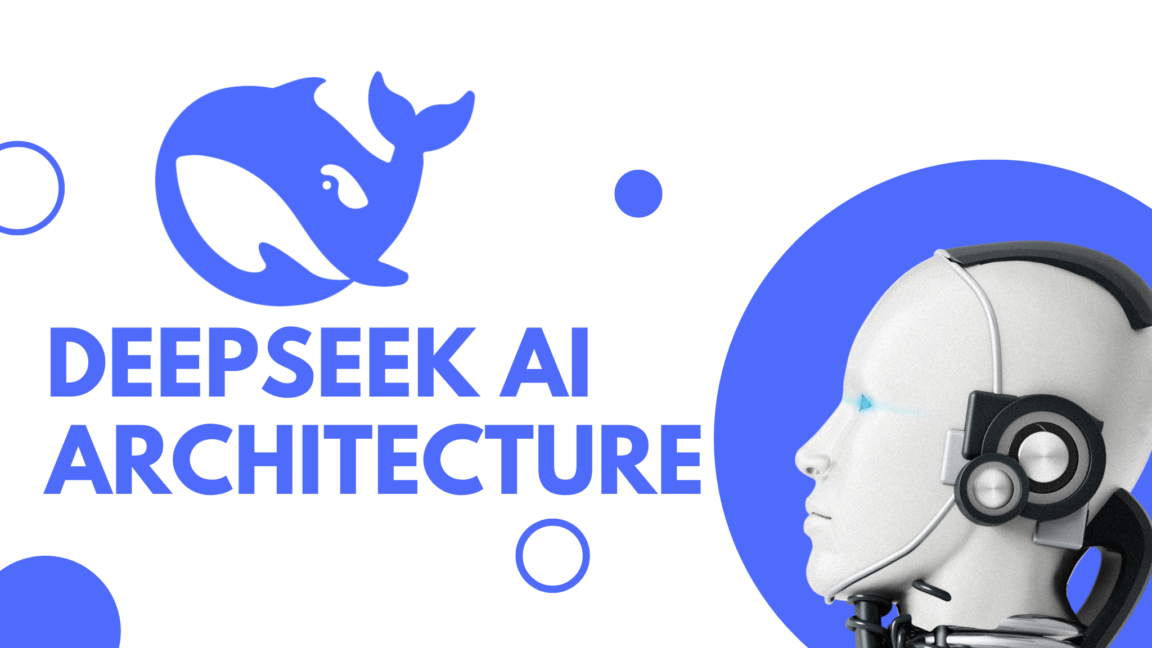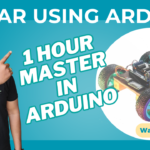DeepSeek-V3: An Overview of Architectural Design and Functionality
Artificial Intelligence (AI) models like DeepSeek-V3 are built on advanced machine learning architectures designed to understand and generate human-like text. Below is a simplified breakdown of how I work, explained in a beginner-friendly way.
1. Core Architecture: Transformer Model

At the heart of DeepSeek-V3 is a Transformer-based architecture, a revolutionary design introduced in the paper “Attention is All You Need” by Vaswani et al. (2017). This architecture is the foundation of most modern AI language models, including GPT and others.
Key Components of the Transformer:
- Self-Attention Mechanism: This allows the model to focus on different parts of the input text when generating responses. For example, if you ask, “What is the capital of France?” the model pays more attention to the words “capital” and “France” to provide the correct answer (“Paris”).
- Layers: The model consists of multiple layers of encoders and decoders (or just decoders, depending on the design). Each layer processes the input text to extract deeper meaning and context.
- Embeddings: Words are converted into numerical vectors (embeddings) so the model can process them mathematically. These embeddings capture the meaning and relationships between words.
2. Training Process
DeepSeek-V3 is trained on massive amounts of text data from books, websites, and other sources. The training process involves two key steps:
a) Pre-training:
- The model learns to predict the next word in a sentence. For example, given the input “The sky is ___,” it learns to predict “blue.”
- During this phase, the model develops a general understanding of language, grammar, and world knowledge.
b) Fine-tuning:
- After pre-training, the model is fine-tuned on specific tasks or datasets to improve its performance in areas like answering questions, summarizing text, or generating creative content.
3. How DeepSeek-V3 Works in Real-Time
When you interact with me, here’s what happens behind the scenes:
- Input Processing:
- Your text input is tokenized (broken into smaller pieces, like words or subwords) and converted into numerical embeddings.
- Context Understanding:
- The model uses its self-attention mechanism to analyze the context of your input. It considers the relationships between words and the overall meaning of your query.
- Response Generation:
- Based on the context, the model predicts the most likely sequence of words to form a coherent and relevant response.
- The output is then converted back into human-readable text.
- Output Delivery:
- The generated response is sent back to you, completing the interaction.
4. Key Features
- Natural Language Understanding (NLU): I can comprehend complex queries, detect nuances, and understand context.
- Generative Capabilities: I can create text, answer questions, write essays, and even generate creative content like poems or stories.
- Adaptability: I can be fine-tuned for specific tasks, industries, or applications.
5. Applications
DeepSeek-V3 can be used in various real-world scenarios, such as:
- Customer Support: Automating responses to common queries.
- Content Creation: Assisting writers with brainstorming, drafting, and editing.
- Education: Providing explanations, tutoring, and answering student questions.
- Programming Help: Assisting developers with code debugging and explanations.
6. Limitations
While powerful, AI models like DeepSeek-V3 have limitations:
- Lack of Real-Time Knowledge: My training data only goes up to a certain point, so I may not know about very recent events.
- Bias: I can sometimes reflect biases present in the training data.
- Context Length: I have a limit on how much text I can process at once (called the “context window”).
Conclusion
DeepSeek-V3 is a sophisticated AI model built on the Transformer architecture, designed to understand and generate human-like text. By leveraging self-attention mechanisms and massive datasets, I can assist with a wide range of tasks, from answering questions to creating content. While I have limitations, ongoing advancements in AI research continue to improve my capabilities.
Readme
DeepSeek’s first-generation reasoning models, achieving performance comparable to OpenAI-o1 across math, code, and reasoning tasks.
Models
DeepSeek-R1
ollama run deepseek-r1:671b
Distilled models
DeepSeek team has demonstrated that the reasoning patterns of larger models can be distilled into smaller models, resulting in better performance compared to the reasoning patterns discovered through RL on small models.
Below are the models created via fine-tuning against several dense models widely used in the research community using reasoning data generated by DeepSeek-R1. The evaluation results demonstrate that the distilled smaller dense models perform exceptionally well on benchmarks.
DeepSeek-R1-Distill-Qwen-1.5B
ollama run deepseek-r1:1.5b
DeepSeek-R1-Distill-Qwen-7B
ollama run deepseek-r1:7b
DeepSeek-R1-Distill-Llama-8B
ollama run deepseek-r1:8b
DeepSeek-R1-Distill-Qwen-14B
ollama run deepseek-r1:14b
DeepSeek-R1-Distill-Qwen-32B
ollama run deepseek-r1:32b
DeepSeek-R1-Distill-Llama-70B
ollama run deepseek-r1:70b
License
The model weights are licensed under the MIT License. DeepSeek-R1 series support commercial use, allow for any modifications and derivative works, including, but not limited to, distillation for training other LLMs. Please note that:
The Qwen distilled models are derived from Qwen-2.5 series, which are originally licensed under Apache 2.0 License, and now finetuned with 800k samples curated with DeepSeek-R1.
The Llama 8B distilled model is derived from Llama3.1-8B-Base and is originally licensed under llama3.1 license.
The Llama 70B distilled model is derived from Llama3.3-70B-Instruct and is originally licensed under llama3.3 license.






GIPHY App Key not set. Please check settings